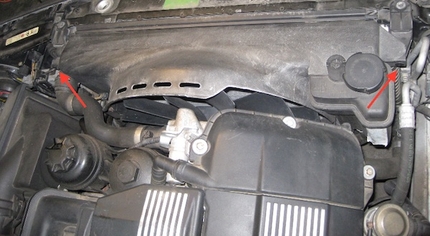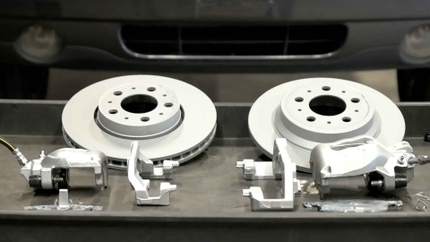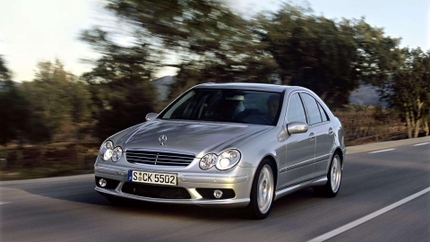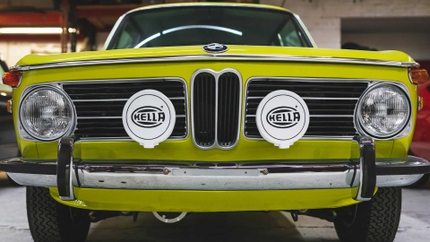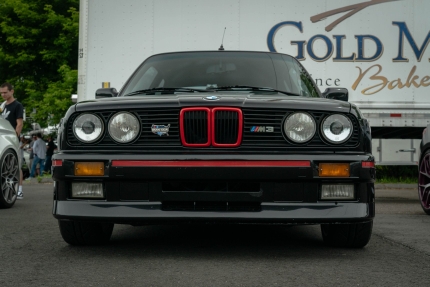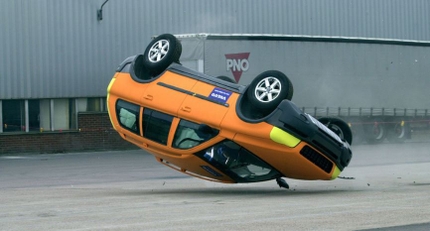When servicing older BMWs specifically the drivetrain, there are several areas which should be at the top of your list. These are but not limited to the Flex Disc, center support bearing, seals, mount bushings, transmission lubricants, and differential gear oil. Since this maintenance differs per vehicle age and regular maintenance scheduling, not all will require immediate refreshing or preventive maintenance. However, three items from this list do require proper care for the safety of your ride.
Common Issues
The flex disc, center support bearing and axle shafts are essential parts for proper operation of the drivetrain. All are involved with the balance of power being transferred from the engine to the rear wheels. The most common issues from the failure of these parts are abnormal noises, vibrations, low speed thumping on takeoff, and/or an imbalance of the driveshaft causing stress on related seals on the transmission and differential.
Replacing the Flex Disc
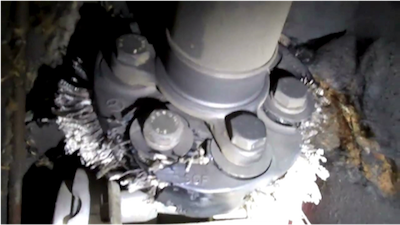
The flex disc or "giubo" is the most common repair drivetrain repair a BMW will experience. It connects the transmission to the driveshaft balancing the torque and cushioning any imperfections within the driveshaft itself. When these babies begin to go south you know it. The most common indication is a thumping heard from under the center console, loss of power, and in worse cases evidence of braided nylon and rubber flailing under the car when they are in desperate need of replacement. Replacement is straight forward and can be performed with simple tools, a floor jack, and a decent set of jack stands and/or ramps.
Dropping the heat shield and exhaust is usually helpful for this repair. It's not totally necessary to remove the exhaust but a healthy drop from its normal position is good enough. It also might be a good time to replace those exhaust bolts, exhaust gaskets, and exhaust hangers if they look a little weather-worn. Take care in noting which direction the flex disc bolts in. On most there are arrows indicating which end connects to the driveshaft and which connect to the transmission. It is recommended to replace the flex disc bolt as well for they are noted to be one time usage items. This job will require the turning of the driveshaft to access each bolt. To accomplish this have a friend transition the car from park to neutral so you can turn the driveshaft. This also makes the job easier and quicker.
Replacing the Center Support Bearing
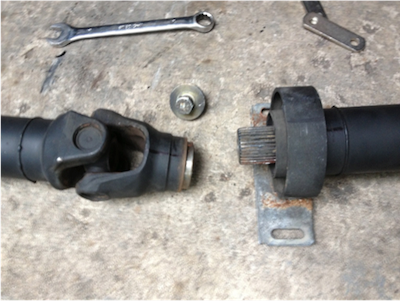
The driveshaft's center support bearing is second on the list for most common drivetrain failures. It supports and balances the driveshaft. During operation, it absorbs most of the vibration of the drivetrain, as well as compensating for any imperfections within the driveshaft itself. Failure would result in an imbalance of the driveshaft. If not properly cared for it can cause the driveshaft to flex stress the components of the u-joints and differential input flange seals. Replacement is a little more involved than the flex disc due to its location on the shaft and the possible removal and separation of the shaft. However, the repair procedure is very similar to the flex disc repair by removing the shielding and lowering the exhaust. Doing both jobs at once can save you some steps later.
CV Axle Shaft Replacement
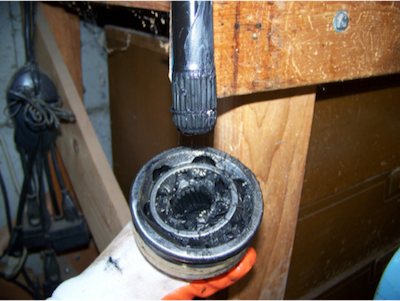
CV axle shafts are the least common driveshaft component to fail but should not be overlooked. These transmit power from the rear driveshaft to each rear wheel hub. Depending on your driving style and/or condition of the car, they can be up for replacement. Most common signs of failing axle shafts are the ticking of the CV joints and boot leakage. There are many options to choose from with this repair. In some cases a noise axle CV joint can be remedied with a simple grease and repack of the CV boot. This is also true if you choose just to replace the CV joint itself. However, the most effective remedy is to replace the axle shaft. When doing this job it is recommended to replace both axles, but depending on the condition of the other axle. It may not be necessary. Doing an axle shaft job like the other two does require the lifting of the vehicle. You will also need to remove the wheels and possibly disconnect the rear suspension from the rear to allow for proper installation.
Final Thought
These are by no means the only things that can possibly fail on a drivetrain. These are only three which can turn your driving experience into a service visit if not tended to.


